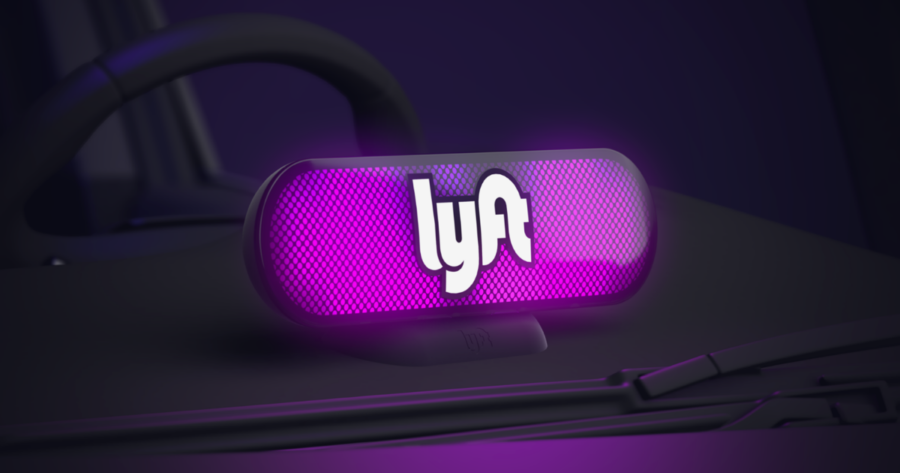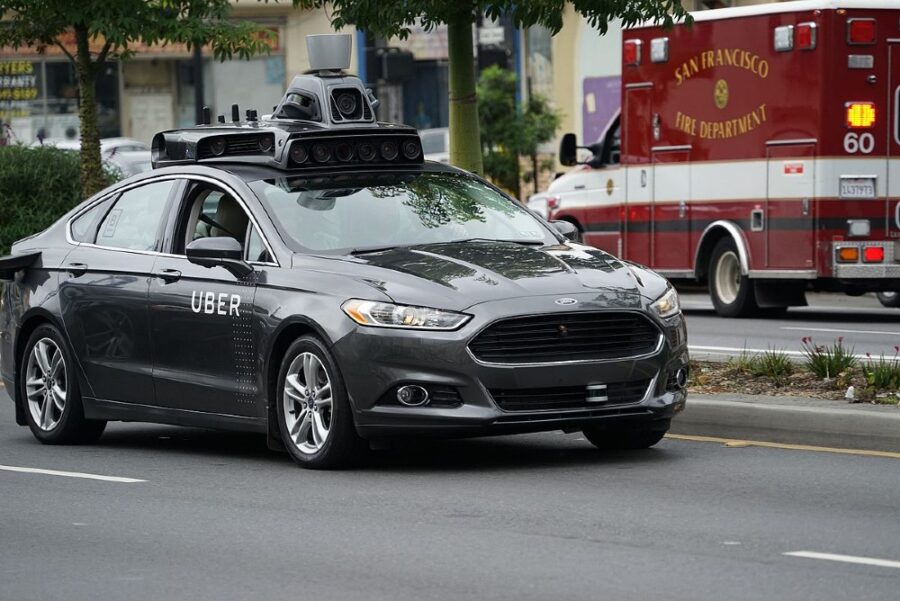Uber And Lyft Driver Murders Way Up Over Last Year?
Uber and Lyft drivers have been murdered while on the job, and reported incidents are on the rise.

As reported by Futurism, 31 gig workers were murdered in 2022. Most of these workers were rideshare drivers for Uber or Lyft, or app-based delivery drivers. Gig Workers Rising, an advocacy group for non-employee workers, conducted the research that produced the number and other startling statistics.
GWR published its first report in early 2022. Its findings indicated that 50 gig workers had been killed at work since 2017. It has since updated that number to around 80, most of whom were Uber or Lyft drivers.
Even that number, the organization warns, is likely a low estimate. The research was conducted by compiling information from public outlets, such as newspapers. In most states, there are no legal requirements for companies to report the deaths of gig workers to the government, meaning the true number of gig workers dying each year on the job is not officially tracked.
The nature of the Uber and Lyft driver deaths varied. GWR found that most drivers who were killed on the job were not murdered by passengers. Of those who were, 78 percent were people of color.
Most of the Uber and Lyft driver deaths occurred before, during, or after a ride or delivery. Despite the problem clearly represented by GWR’s research and the headlines from which it was compiled, labor laws have remained largely tone-deaf in their execution and goals.
One example is California’s Proposition 22, a labor law that narrowly passed in 2020. The law labeled Uber and Lyft drivers as gig workers, exempting employers from having to provide a host of benefits and protections as opposed to expanding workers’ benefits. Prop 22 has since been appealed and upheld.

Laws like Prop 22 are driven largely by money, but the findings – and more concerning, what perhaps has not been found – by the GWR indicate that limited protections from companies like Uber and Lyft, along with a lack of accountability, have created a system that is harmful to gig workers.
Legislation notoriously lags behind technological advancements. Apps have changed the way people work and live in a rapid time frame, and the law is struggling to adjust fairly and at the same pace. The result, the GWR has found, has been grave.
The number of Uber and Lyft drivers killed on the job in the past few years represents a disturbing precedent for the gig economy. Gig workers have long struggled in the fight for value and representation – the current strike by the Writers Guild of America is just one example of even the most established and successful freelancers still having to fight against a system eager to take advantage of gig workers.
But not all gig workers have a union fighting on their behalf. Uber and Lyft drivers remain at the mercy of large tech companies and out-of-touch legislation that, in the quest to maximize profit, is costing the lives of workers across the country.
The GWR’s report is still fresh and, by its own admission, likely incomplete. Nevertheless, it shines a light on a key issue facing workers in a rapidly changing economy. The stakes are high for gig workers who are largely unprotected on the job. Time will tell if the numbers reported by the GWR affect policy change that could make the organization’s next report less grim.












